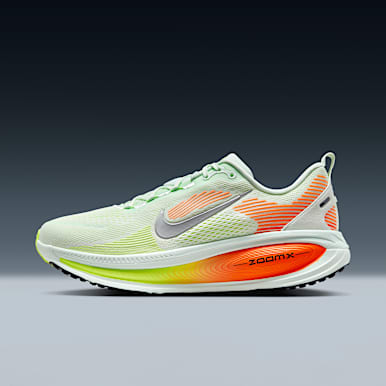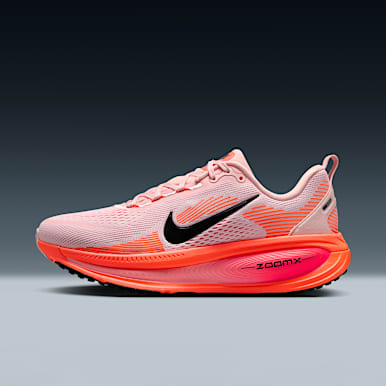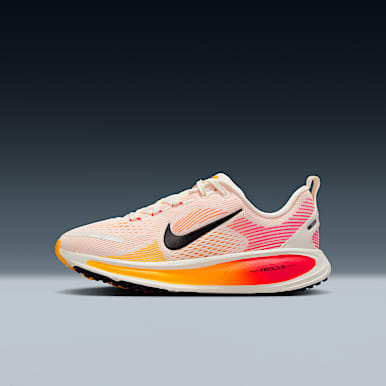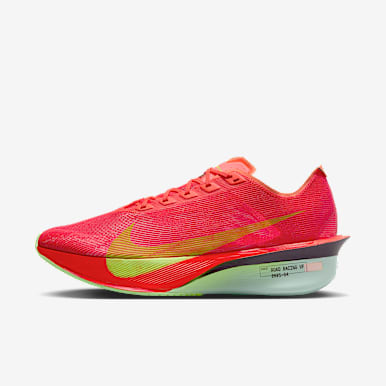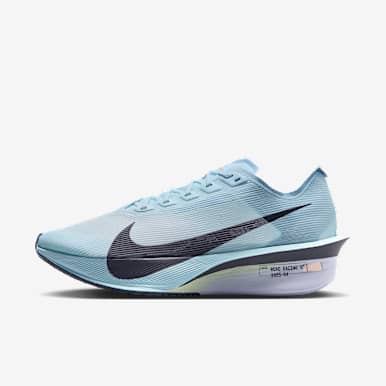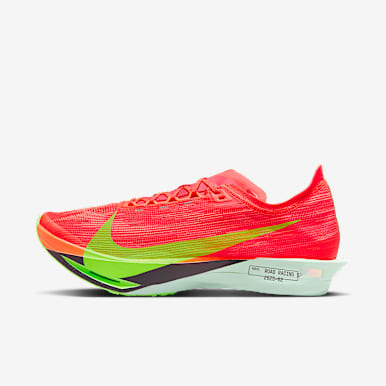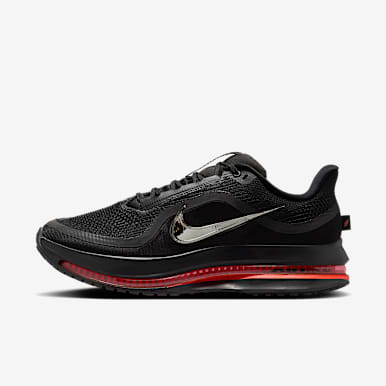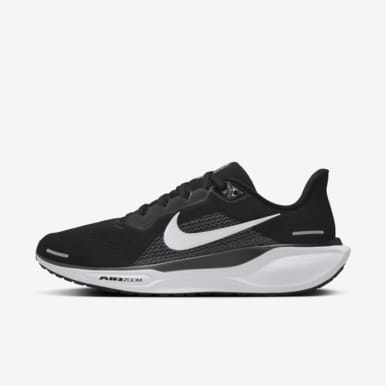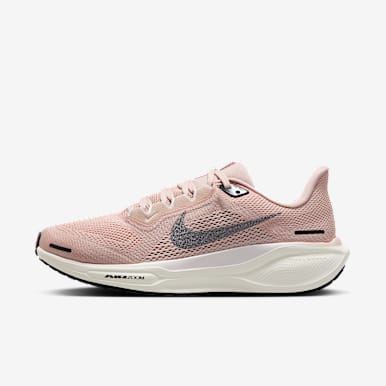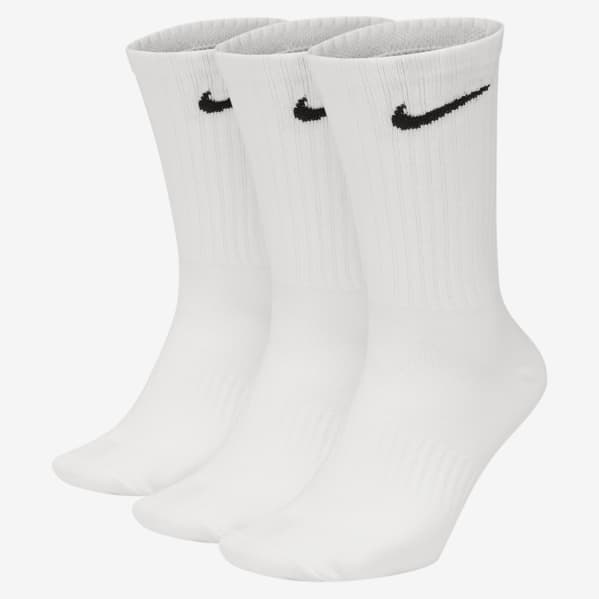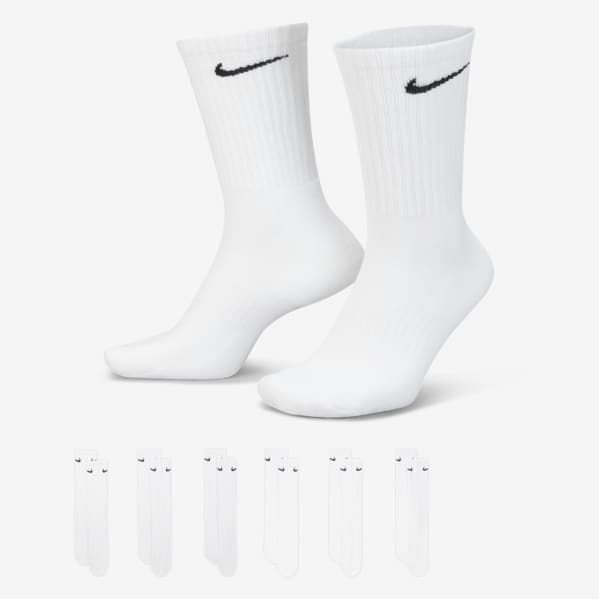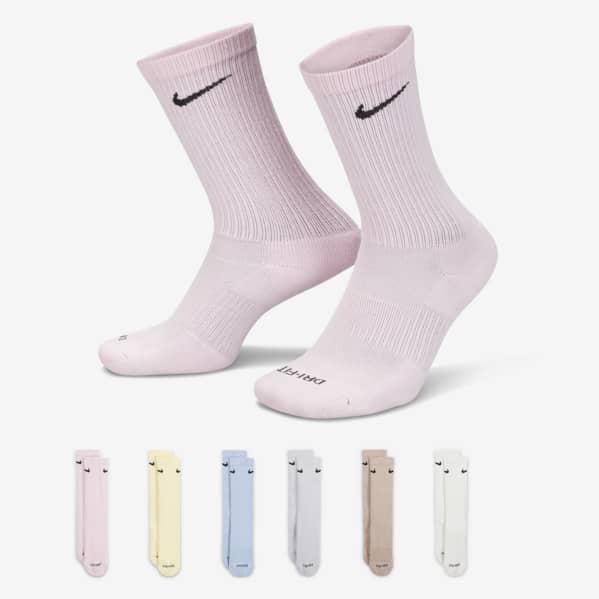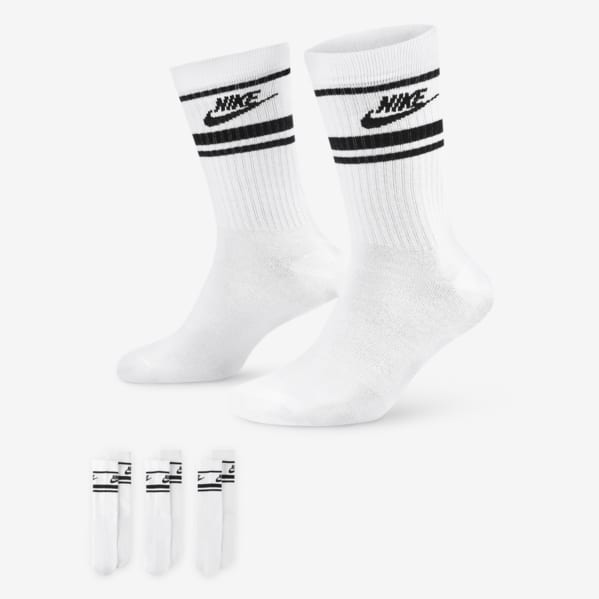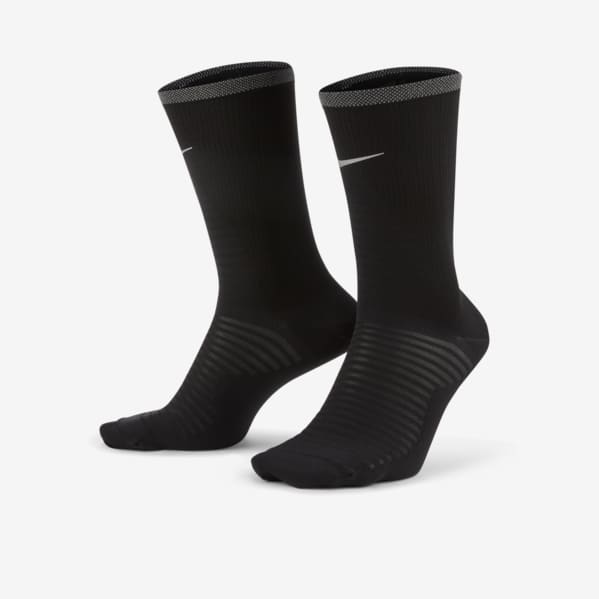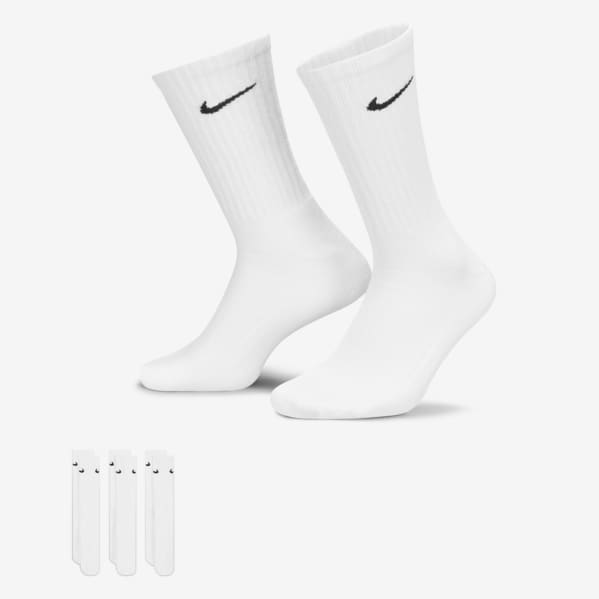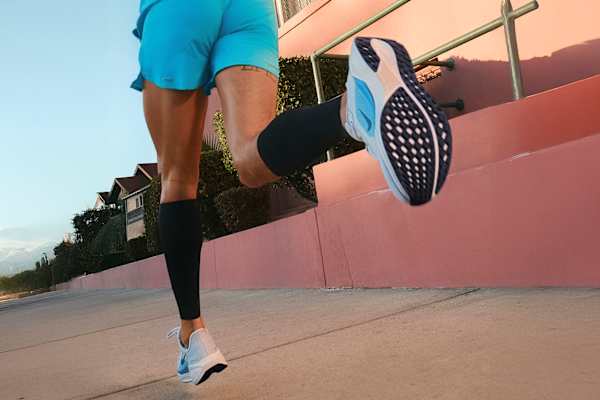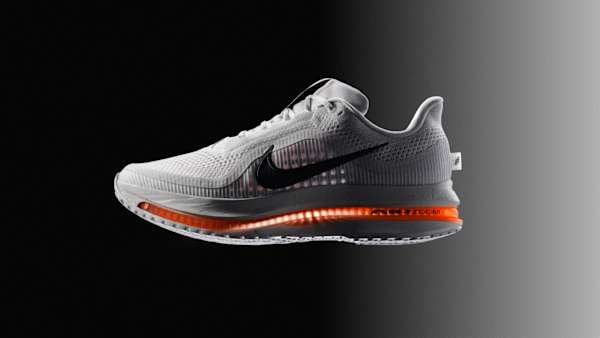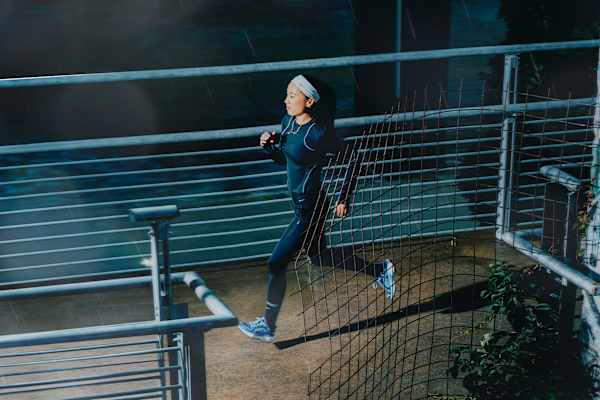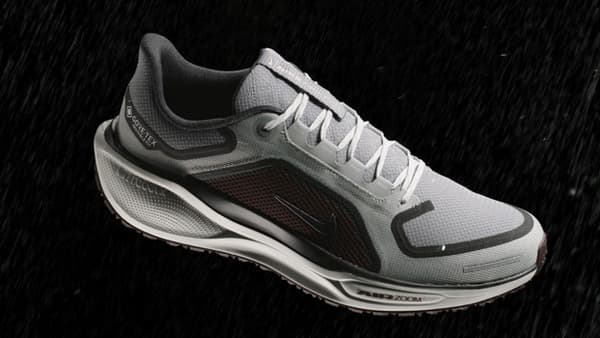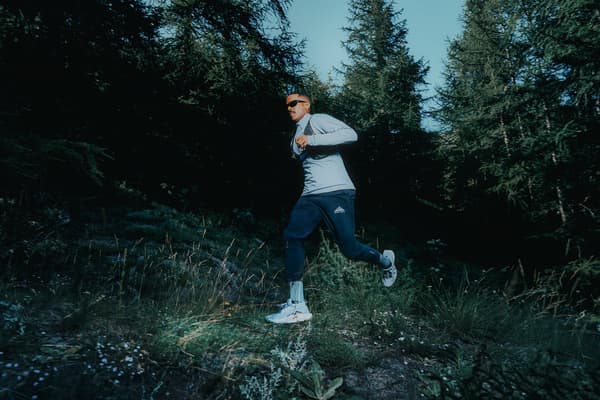How to properly choose the right running-shoe fit
Buying guide
Ever wonder how running shoes should fit? A few Nike running experts offer their insight.
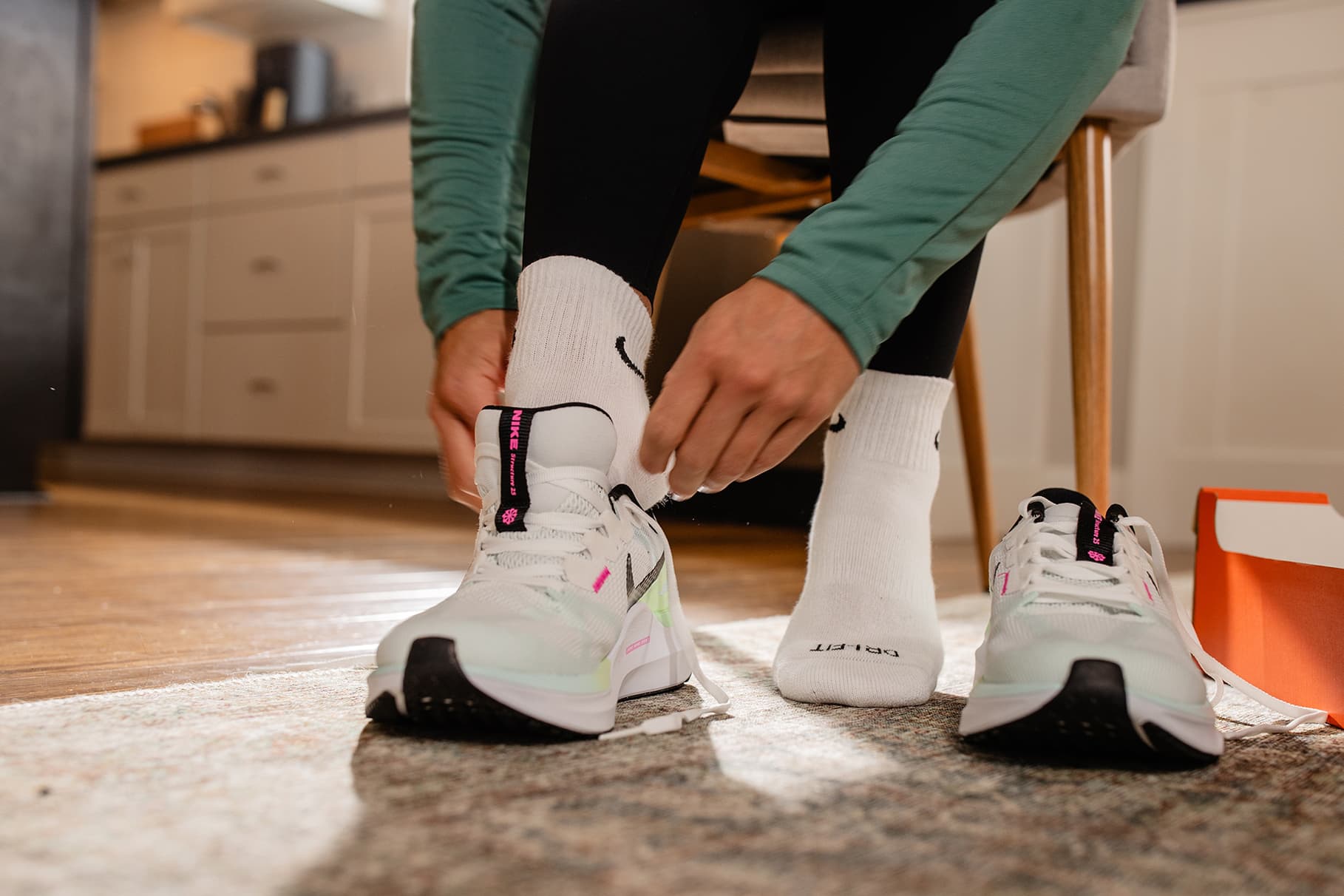
Just as every runner has a personal running shoe preference, the same goes for how that shoe fits. That's because there really is no right or wrong—the most important thing is that your feet feel comfortable, says Nike running coach Lydia O'Donnell.
"When fitting a running shoe, it's all about personal preference. Some runners like to feel room in their shoes, with space for their toes to breathe, and others prefer to feel snug and locked in", she says. "Trying to find the right balance will take some time, but knowing your 'normal' feeling of comfort is the best place to start".
To help guide you, we asked Nike experts and running coaches to answer all of your questions about what to consider when choosing the right running shoe fit.
How should the ideal running shoe fit?
Again, this comes down to your individual preferences, but you might also want a different fit depending on whether you're going for speed or distance, or running on the road or trail.
"It's important to match the type of shoe with the type of run you need it for. The ideal running shoe is one where comfort is maximised, and you are free to focus on the run", says Nike running coach Dave Ridley. "When I run fast, I like a powerful and snappy sensation. When I run easy, I like a mellow and responsive feel".
Should running shoes be a size bigger?
If you've heard that you should size up for running shoes, you're not wrong. "Running puts a lot of force through your legs and feet on impact. Generally, this causes feet to flatten and toes to splay", explains Ridley. Giving yourself room in the toe box for this movement may mean your running shoe size is a little bigger than your everyday walking shoes, he says.
That said, be mindful of not buying a shoe that's too big—you want to avoid lots of extra space in the toe box that is not filled by your foot, O'Donnell says. "If this is the case, it may mean you're carrying additional weight that isn't necessary and can make your run feel slower".
Should running shoes be slightly tight or loose?
Ideally, you want to find that sweet spot where your running shoes aren't too tight or too loose. "If a shoe is too tight, you may experience sore feet from restricted blood flow, but if the shoe is too loose, you won't feel stable and confident", Ridley says. "The key is to find that right balance, where you don't have too much pressure on any areas of your feet".
How can I measure my shoe size?
While the fit of one's running shoes comes down to personal preference, you want to ensure you aren't way off on your actual shoe size. If you aren't exactly sure what that is—shoe size can change over time—start by getting fitted at a Nike store or a speciality shop that carries Nike, says Andrew Bumbalough, product line manager for running footwear at Nike.
"Typically, the sales associate will start out by measuring your foot using a Brannock Device to determine the proper size", he says. After that, it's up to you to decide what fits most comfortably on your foot.
The good news: "Nike running shoes aim to fit true to size, meaning once you find the size that's best suited for your needs, you can wear that size across different models", Ridley says.
How do you check for proper fit?
"Running shoes are intended to fit true to size with approximately a thumb's width between the big toe and the end of the shoe", Bumbalough says. O'Donnell adds that if you prefer a tighter fit, your toes can touch the end of the shoe—but make sure your toes aren't curling over, since distorting the shape of your foot could lead to injury.
Another quick tip to check the shoe's fit: when wearing the shoes, plant one foot flat and slightly bend your knee, Ridley suggests. "If you can fit 1 to 1.5 fingers down the back of your heel, then the fit is about right", he says. Bear in mind that it's normal (and common) for feet to be slightly different sizes, so you may need to adjust your size selection to account for this.
Words by Kylie Gilbert
